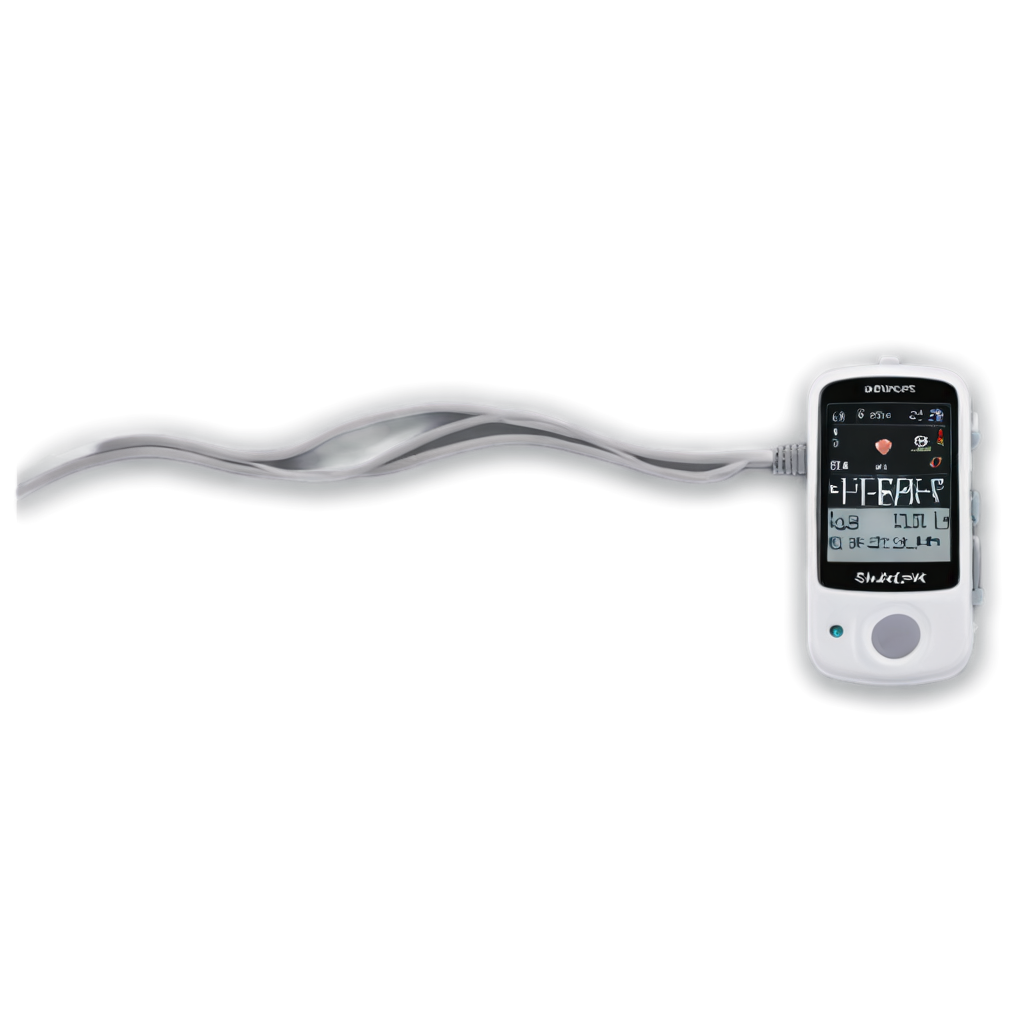
Holter monitors are portable, ambulatory devices used to continuously monitor and record a patient's heart activity, typically over a period of 24 to 48 hours or longer. These devices are valuable diagnostic tools for detecting and analyzing abnormal heart rhythms (arrhythmias), including intermittent or asymptomatic arrhythmias that may not be captured during a standard electrocardiogram (ECG) performed in a clinical setting.
Holter monitors are portable, ambulatory devices used to continuously monitor and record a patient's heart activity, typically over a period of 24 to 48 hours or longer. These devices are valuable diagnostic tools for detecting and analyzing abnormal heart rhythms (arrhythmias), including intermittent or asymptomatic arrhythmias that may not be captured during a standard electrocardiogram (ECG) performed in a clinical setting.
Here's how Holter monitors typically work:
Electrode Placement: The Holter monitor consists of a small, lightweight recorder and electrodes (usually adhesive patches) that are attached to the patient's chest. The electrodes are placed strategically to detect and record the electrical signals generated by the heart.
Continuous Monitoring: Once the electrodes are in place, the Holter monitor continuously records the heart's electrical activity over the specified monitoring period, typically 24 to 48 hours. The recorder is worn by the patient in a pocket or pouch, allowing them to go about their daily activities while being monitored.
Data Collection: As the patient goes about their normal routine, the Holter monitor collects data on the heart's electrical activity, including heart rate, rhythm, and any abnormal patterns or arrhythmias that occur during the monitoring period.
Analysis: After the monitoring period is complete, the recorded data is analyzed by a healthcare provider, typically a cardiologist or electrophysiologist. They review the data to identify any abnormal heart rhythms or patterns, assess the severity of the arrhythmias, and determine appropriate treatment or further diagnostic testing if needed.